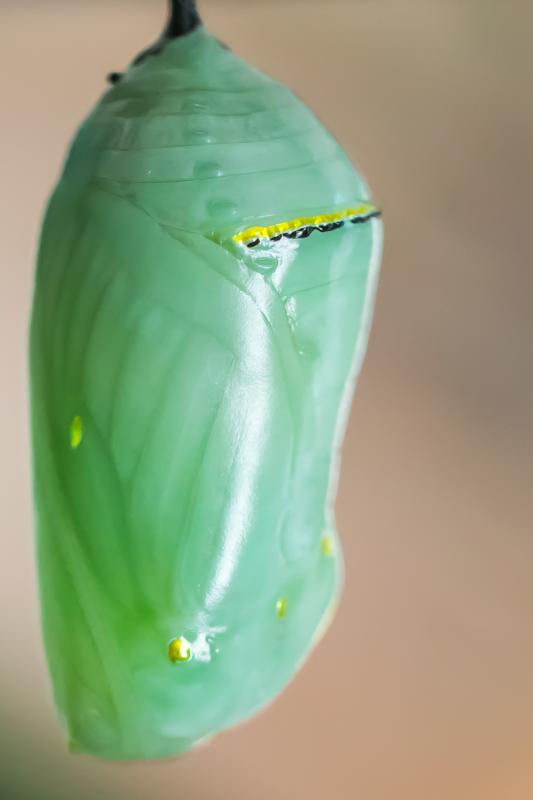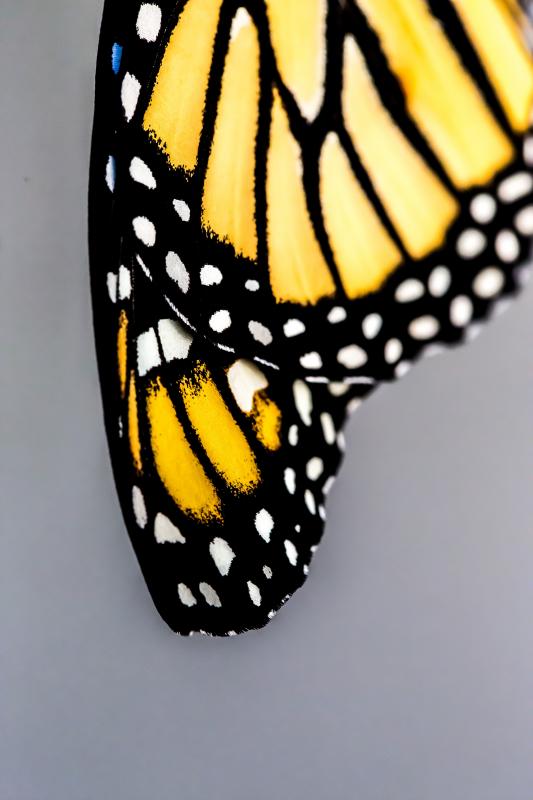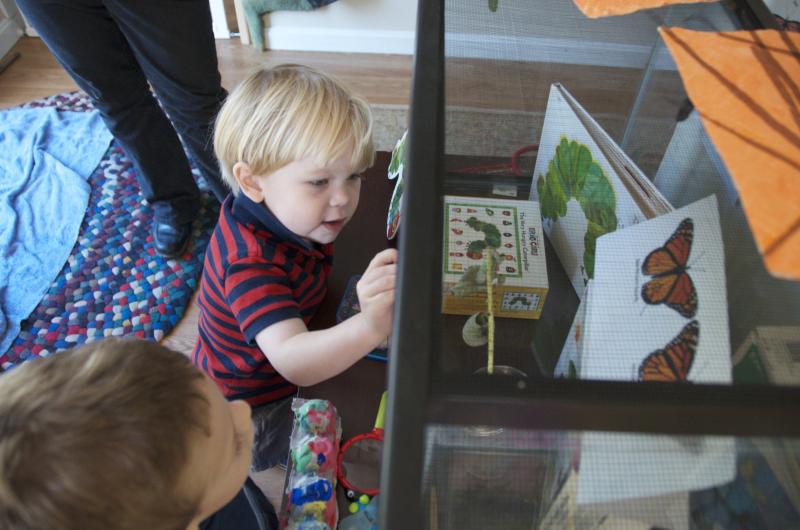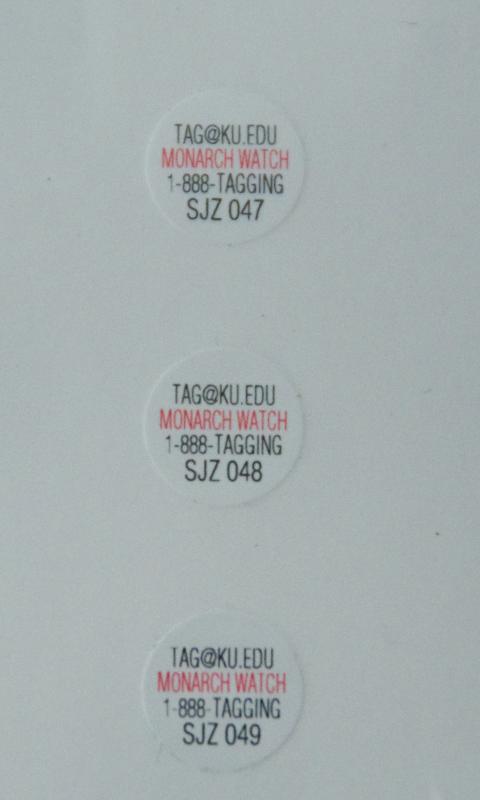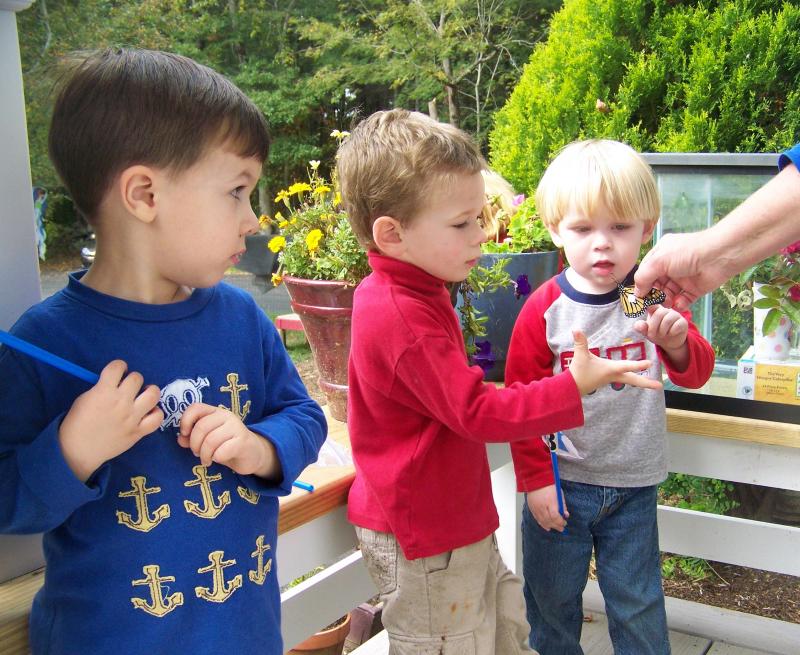Preschool monitors monarchs and their migration
Orange and black are the colors of October for the kids at Debbie Thompson’s preschool, and Halloween has nothing to do with it.
Thompson is teaching her kids about the metamorphosis of monarchs, from caterpillars to butterflies.
After a number of years working with preschool aged kids, Thompson set up her own in-home daycare in September and said she likes to learn along with the kids.
“Part of the way I run my program is to investigate things with the children,” said Thompson.
Monarchs love milkweed, so Thompson found some of the plants and procured a few caterpillars, which she put into an empty fish tank so the kids could watch them transform.
They frequently run to the tank, sometimes with magnifying glasses in hand, to keep track of the progress.
Over the course of a month, the caterpillars enveloped themselves in hard, green chrysalis. As the time for the butterfly to hatch neared, the chrysalis thinned, and the black and orange colors of the wings began to show through.
In addition to teaching the preschoolers about each step in the metamorphosis, Thompson explained that the monarchs will travel to Mexico.
She and the kids often chant, “Gotta go, gotta go to Mexico!”
Thompson got tracking stickers from the Lloyd Center for the Environment in Dartmouth that adhere to the underside of the wing and help scientists monitor the migration of the insects.
An identification number on the stickers can be reported to the email address or phone number on the stickers by anyone who sees the butterflies on their trip south. Thompson and her students will see if anyone spots their butterflies as they migrate south.
On Thursday, Oct. 11, Thompson attached the identification sticker to butterfly and had the preschool students and a couple of parents wish it a happy birthday before it was released.
Two chrysalises remain in the fish tank. Thompson said the kids would keep an eye out for the emergence of the other monarchs.
Helping Thompson document the butterflies’ progress is neighbor Anne Hurlbut. A photographer of births and newborns, Hurlbut was excited to document the “birth” of the butterflies.
“I was sort of on call,” said Hurlbut.
The actual emergence from the chrysalis is fast, she said. “It was 30 seconds and it came out. It was wild,” Hurlbut said. “I was like a kid myself watching the process.”

